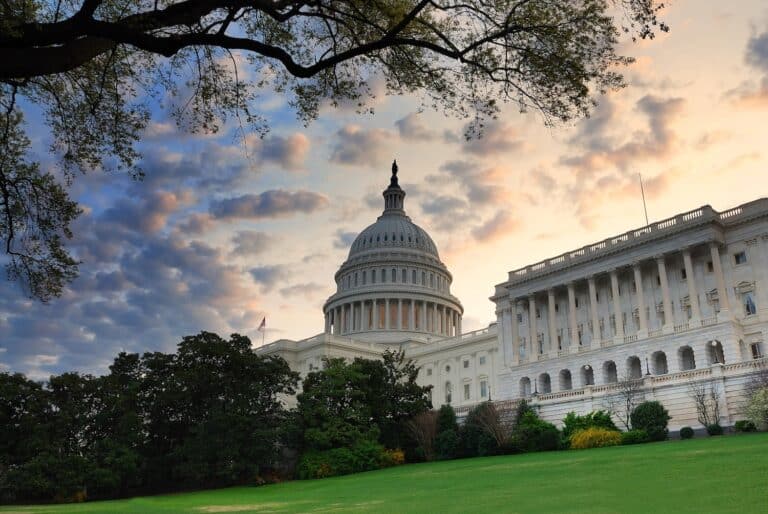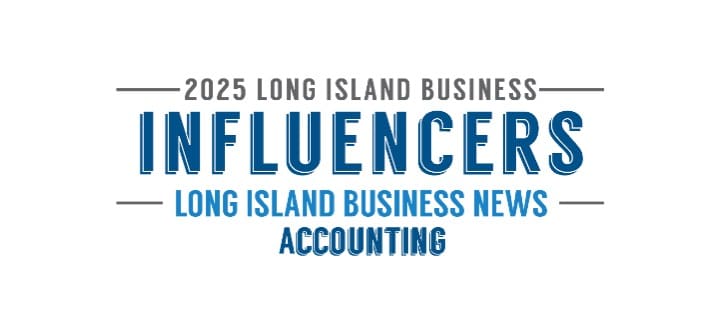New COVID-19 Relief Provisions for Individuals and Businesses
On December 15, 2020, congressional policymakers introduced as a bill the Bipartisan COVID-19 Emergency Relief Act of 2020. The Emergency Coronavirus Relief Act is estimated to cost about $748 billion and centers on emergency assistance for workers and businesses to provide relief until a vaccine is widely available next year.
A summary is as follows:
- PPP and small business support. This bill would provide $300 million to the Small Business Administration (SBA) to allow the hardest hit small businesses to receive a second forgivable PPP loan. Eligibility for these loans would be limited to businesses with 300 or fewer employees that have sustained a 30% revenue loss in any quarter in 2020.
- Forgivable expenses would be expanded to include supplier costs and investments in facility modifications and personal protective equipment needed to operate safely. Also, business expenses paid for with the proceeds of PPP loans are specifically tax deductible, “consistent with Congressional intent in the CARES Act,” according to the summary.
- In addition, the loan forgiveness process would be simplified for borrowers with PPP loans of $150,000 or less.
- Unemployment assistance. The bill would also provide for a 16-week extension of all pandemic unemployment insurance programs, including PUA and pandemic emergency unemployment compensation (PEUC). The 16 weeks would run from the end of December 2020. It would also ensure beneficiaries of Railroad Retirement Board receive the same benefits as other workers.
- In addition, federal supplemental unemployment insurance benefits would be expanded by $300 per week for 16 weeks from the end of December into April 2021.
- Payroll support program extension. The bill would extend the Payroll Support Program (PSP) through March 31, 2021. As in the CARES Act, funds will go directly to frontline aviation workers’ wages, salaries, and benefits.
Policymakers in Congress are aiming to attach this relief bill into the government funding omnibus later this week. If that effort fails, it is likely that additional pandemic relief will wait until the new year, negotiated by a new Congress and presidential administration.
If you have any questions, or require further information regarding this notice, please contact Tim Hatzispirou.






